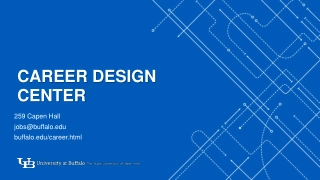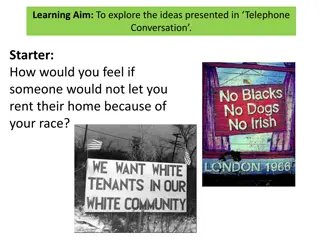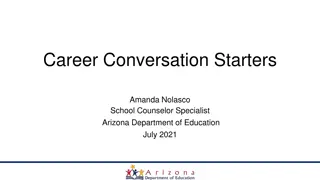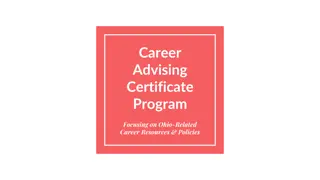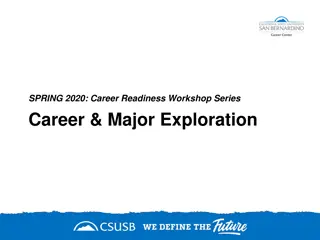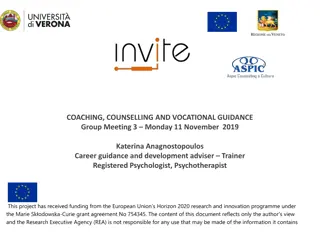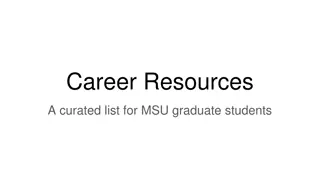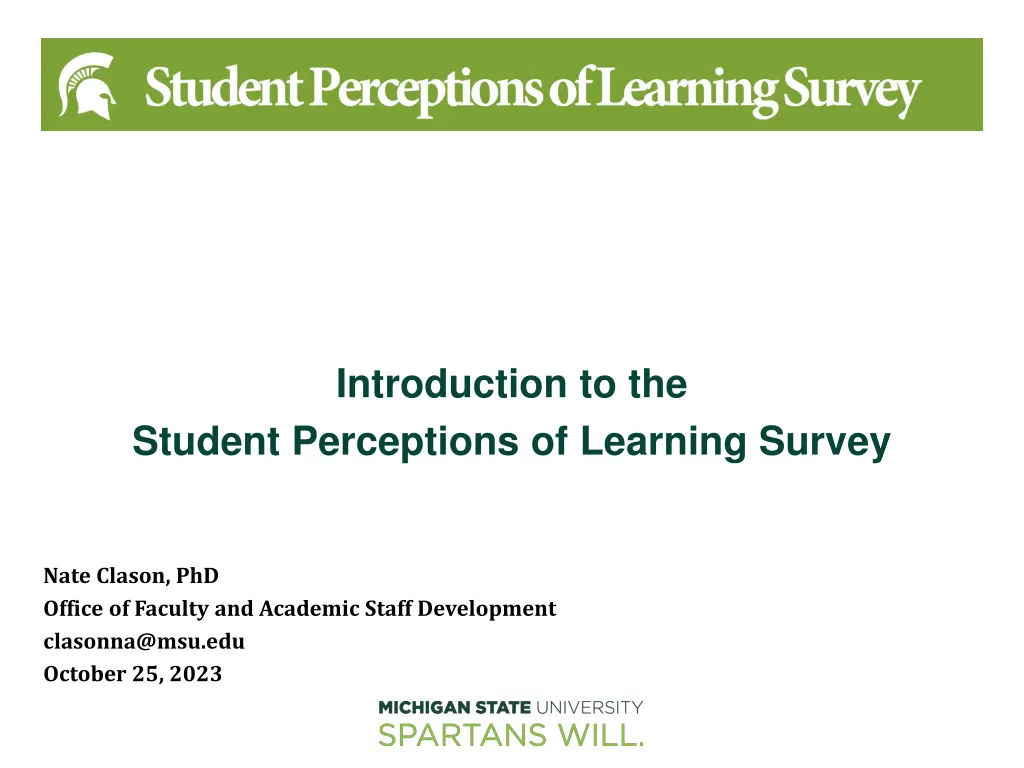
Understanding the Student Perceptions of Learning Survey at Michigan State University
Explore the transition from SIRS to SPLS at MSU, learn about the SPLS basics, understand the purpose and policy behind SPLS, and discover the institution-level questions that provide valuable feedback on courses.
Download Presentation

Please find below an Image/Link to download the presentation.
The content on the website is provided AS IS for your information and personal use only. It may not be sold, licensed, or shared on other websites without obtaining consent from the author. If you encounter any issues during the download, it is possible that the publisher has removed the file from their server.
You are allowed to download the files provided on this website for personal or commercial use, subject to the condition that they are used lawfully. All files are the property of their respective owners.
The content on the website is provided AS IS for your information and personal use only. It may not be sold, licensed, or shared on other websites without obtaining consent from the author.
E N D
Presentation Transcript
Introduction to the Student Perceptions of Learning Survey Nate Clason, PhD Office of Faculty and Academic Staff Development clasonna@msu.edu October 25, 2023
AGENDA Overview of the SPLS Basic details about how the SPLS functions Using the SPLS to enhance the quality of teaching Using the SPLS as one source of evidence of quality teaching
RECENT TRANSITION Transitioned from the Student Instructional Rating System (SIRS) to the SPLS in Summer 2023 POLICY MSU Student Perceptions of Learning Environments Policy (SPLEP) available at spls.msu.edu/policy includes specific guidelines for the entire university includes general guidelines for colleges and departments PURPOSE The Student Perceptions of Learning Survey (SPLS) collects feedback from students in all courses to 1) provide instructors, graduate teaching assistants, and teaching units with feedback on their instructional practices; 2) contribute to instructor retention, promotion, tenure, and salary decisions; and 3) provide students with information to guide decision-making related to course selection (available to students after two years of data has been collected).
SPLS BASICS Students, instructors, and graduate teaching assistants are notified by email when the SPLS is available. Look for messages from spls@spls.msu.edu. The survey opens and closes according to the Course End Date entered into Campus Solutions. Surveys are currently open for five calendar days and close at 11:59pm on the Course End Date. Variable survey periods are planned for later next year. There are eight institution-level questions that are asked of all students. Colleges can add up to 12 more questions and may choose to delegate all or some questions to departments. Example: 8 MSU 10 College 2 Department 20 Total Individual course reports are sent to instructors and graduate teaching assistants after the term concludes and grades are submitted.
INSTITUTION-LEVEL QUESTIONS Level of Interest. At the time of enrollment, my level of interest in this course was: Responses are used for statistical analysis (discriminant validity) Workload. Compared to other courses of equal credit, the workload for this course was: Responses are reported to instructors and will be reported to students not reported to department chairs or deans
INSTITUTION-LEVEL QUESTIONS Expectations. I understood what was expected of me in this course: Organization. Overall, the course was well organized: Atmosphere. The instructor created an atmosphere that supported my learning: Expanded understanding. The course expanded my understanding of the subject matter: Demonstrate understanding. Course assignments and/or tests provided opportunities for me to demonstrate an understanding of the course material: Interest increased. My interest in the subject has increased because of this course: This information is available on the website: spls.msu.edu
REMAINMINDFUL Student perceptions surveys are not objective measures of learning Student perceptions surveys are not evaluations of the quality of teaching It would be unfair to ask students to evaluate teaching These surveys represent student perceptions or experiences in a course Taken alone, these surveys are inadequate. When properly contextualized and paired with other forms of feedback, they can be useful to instructors and administrators.
USINGTHE SPLS TOENHANCETHEQUALITYOFTEACHING Most questions use the Excellence scale or Agreement scale(1= strongly disagree to 5 = strongly agree). It is favorable for students to agree that courses and instructors are characteristic of high-quality educational experiences. In the following example, a mean score of 4.28 for the Organization question is very favorable. 56 out of 57 students Agree or Strongly agree that the course was well organized.
USINGTHE SPLS TOENHANCETHEQUALITYOFTEACHING In many respects, it is not necessary to compare instructor mean scores to department, college, or university mean scores. Feedback such as this suggests that the instructor could enhance the quality of the learning experience by focusing on the learning atmosphere. Some instructors might immediately look for more information in student comments, but pairing this feedback with something like a peer observation of teaching would be more reliable and help to mitigate biases.
USINGTHE SPLS TOENHANCETHEQUALITYOFTEACHING There is tremendous value in seeing feedback over time.
USINGTHE SPLS ASONESOURCEOFEVIDENCEOFQUALITYTEACHING The research on student perceptions of learning suggests that feedback is highly context- specific. Students perceive that they learn better in small classes and that is reflected in survey results. Other context-specific attributes include degree level, discipline, and type of course (e.g., lecture, lab, seminar). Comparisons between instructors is rarely a one-to-one comparison. Contextualize student feedback when including it in annual review and RPT processes. For example, highlight and describe the potential implications of class size, type of course, and nature of the course content.
USINGTHE SPLS ASONESOURCEOFEVIDENCEOFQUALITYTEACHING Some feedback can be helpful to the instructor, but not useful for evaluation. For example, some required courses are not "interesting" to a large percentage of students. Thus, the institution- level question related to Interest increased is not always useful for evaluation.
WEBSITE The website (spls.msu.edu) is continuing to expand, especially FAQ sections CONTACT Your first point of contact is your department chair who might refer you to the office of the dean or the SPLS Liaison for your college OFFICE HOURS SPLS Office Hours by Zoom are open to everyone Access the link on the SPLS website homepage Tuesdays at 10:00am



